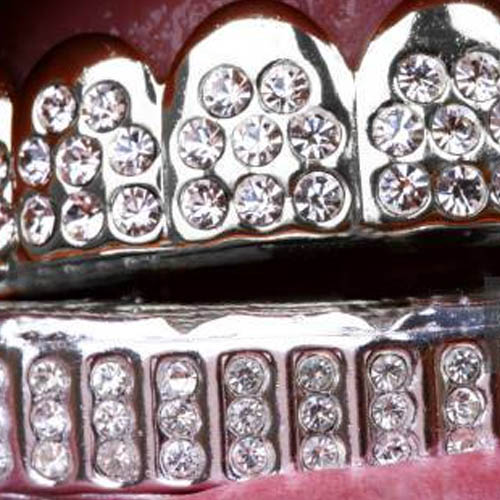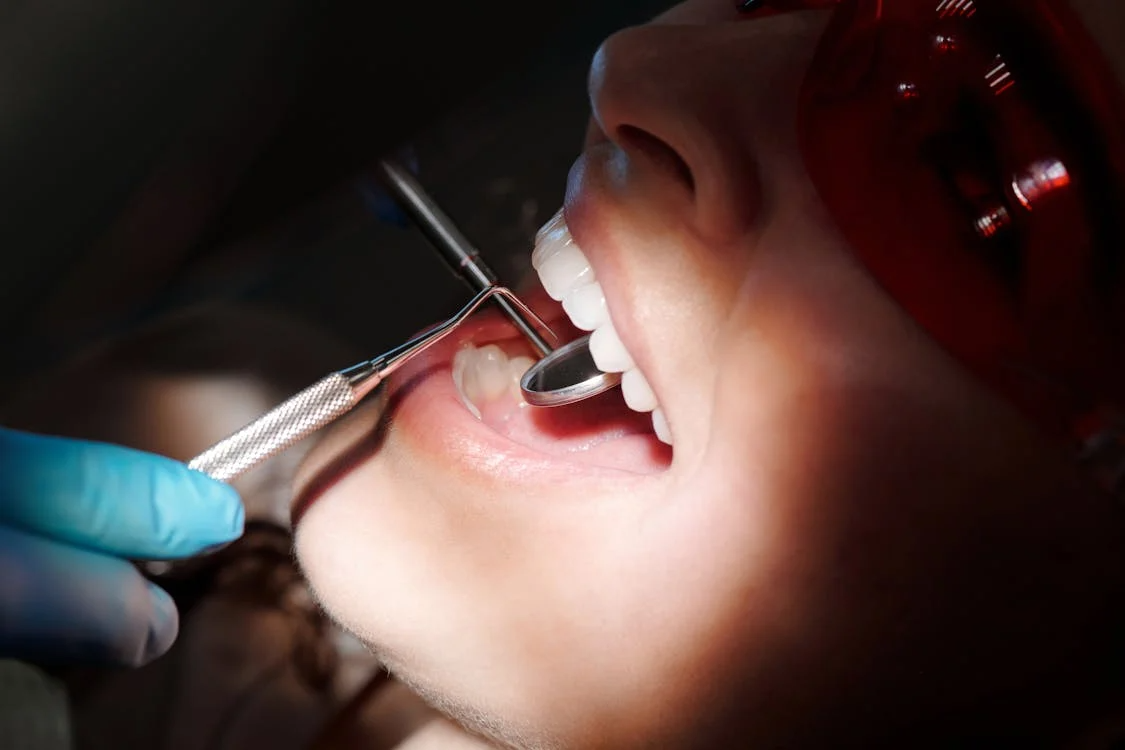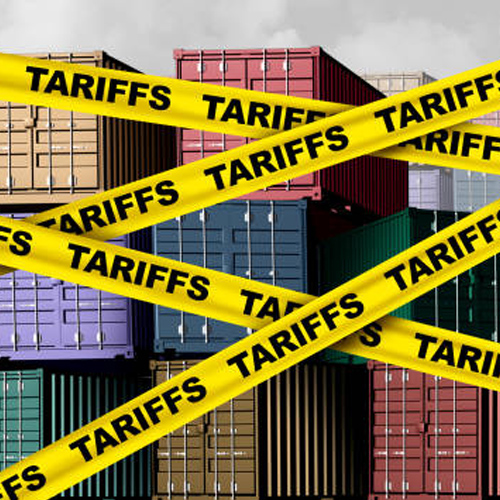SILVER STANDARD FADES: GLOBAL TREATY SETS 2034 BAN ON MERCURY AMALGAMS, FORCING U.S. DENTAL INDUSTRY TO ADAPT
SILVER STANDARD FADES: GLOBAL TREATY SETS 2034 BAN ON MERCURY AMALGAMS, FORCING U.S. DENTAL INDUSTRY TO ADAPT

In a landmark decision with profound implications for global healthcare and environmental safety, a majority of the world's nations have finalized a plan to phase out the use of dental amalgam, the silver-colored filling material that has been a staple of dentistry for over 150 years. The decision, cemented under the Minamata Convention on Mercury, signals the end of an era and places new pressure on countries like the United States to accelerate the transition toward mercury-free alternatives.
The treaty, named after the Japanese city that suffered one of history's worst mercury poisoning disasters, has set a definitive deadline of 2034 for the ban on the manufacture, import, and export of dental amalgam - silver fillings. This move, supported by 151 countries participating in the convention, aims to sever the supply chain of a material that is approximately 50% mercury, a potent neurotoxin.
The international consensus stands in stark contrast to the current state of dental care in the United States, where mercury amalgam remains a common, and often insurance-preferred, choice for restoring teeth damaged by decay. The impending global phase-out is poised to disrupt long-standing practices, challenge regulatory standards, and fundamentally alter the healthcare choices available to millions of Americans.

From Staple to Stigma: The Journey of the "Silver Filling"
For generations, dental amalgam has been the workhorse of restorative dentistry. Praised for its durability, strength, and low cost, it has filled the cavities of billions. The American Dental Association (ADA) has long maintained that amalgam is a "safe, affordable, and durable” material. However, the very element that gives amalgam its malleability and longevity—mercury—has also been the source of relentless controversy.
Environmental concerns have been the primary driver behind the Minamata Convention's focus. Mercury from dental amalgam enters the environment through multiple pathways: cremation of bodies with fillings, wastewater from dental clinics, and landfill leachate from discarded teeth. Once in the environment, certain microorganisms can convert elemental mercury into methyl-mercury, a bio-accumulative toxin that builds up in fish and shellfish and moves up the food chain, posing a significant risk to human health and ecosystems.
"The Minamata Convention recognizes that mercury is a chemical of global concern due to its long-range atmospheric transport, its persistence in the environment, and its ability to bio-accumulate in ecosystems," states the official treaty summary. By targeting amalgam, the convention aims to close a significant anthropogenic source of mercury pollution.
The U.S. Position: A Looming Regulatory Crossroads
While the U.S. has signed the Minamata Convention, the domestic dental industry finds itself at a crossroads. The Food and Drug Administration (FDA) continues to regulate amalgam as a Class II medical device with special controls. In its most recent updated safety communication in 2020, the FDA strengthened its guidelines, now discouraging the use of amalgam in certain high-risk groups—such as pregnant women, nursing mothers, children, and individuals with pre-existing neurological or kidney impairments—but stopped short of a full ban.
The FDA states that for the general population, "the available clinical evidence does not establish a link between dental amalgam and adverse health effects." However, this position is increasingly at odds with the global momentum toward elimination.
The international ban creates a powerful domino effect. As major manufacturers in Europe and Asia halt production to comply with the treaty, the global supply of dental amalgam will inevitably shrink and become more expensive. This economic pressure, combined with growing public awareness, is expected to force a seismic shift in the U.S. market.
"American dentistry has been slow to fully embrace the mercury-free future, often citing cost and durability studies from decades past," said Dr. Elena Rodriguez, a biological dentist in California. "This global ban is the wake-up call we needed. It validates the concerns many of us have had for years about both the environmental impact and the potential for sub-clinical health effects in sensitive individuals. The pressure is now on the ADA and the FDA to align with global standards."
"Wait, There's WHAT in My Fillings?"
Beyond the policy and environmental implications, the phase-out taps into a powerful and visceral public sentiment. The idea of a known neurotoxin embedded in one's mouth is inherently alarming and has long been a staple of alternative health discussions. With the official, global validation of a ban, this topic is poised for a viral resurgence on social media.
Content creators and health advocates are already leveraging the compelling narrative. TikTok and Instagram reels with hashtags like #MercuryFreeMouth and #TheFutureIsToothColored are gaining traction, often featuring dramatic visuals of mercury being released from old fillings or explaining the Minamata disaster. The "wait, there's WHAT in my fillings?" factor is a potent driver of engagement, mixing personal health anxiety with environmental activism.
"This is a perfect storm for shareable content," explained social media analyst, Ben Carter. "It combines a 'hidden truth' element with a direct, personal health implication. People feel a sense of betrayal and urgency, which motivates them to share the information widely. The 2034 deadline gives the story a timeline, creating a narrative of progress and impending change."
The Rise of Mercury-Free Alternatives
The good news for patients is that the alternatives to amalgam are more advanced and accessible than ever. The primary replacement is composite resin, a tooth-colored material made of a plastic and glass mixture. These composites bond directly to the tooth, often requiring less removal of healthy tooth structure, and provide a seamless aesthetic result.
Other alternatives include glass ionomer cement, which can release fluoride to help prevent further decay, and, for larger restorations, lab-fabricated gold or porcelain inlays and onlays. While concerns have historically been raised about the longevity of composites compared to amalgam, advancements in material science have dramatically closed the gap.
"The modern composite resins are incredibly strong and wear-resistant," noted Dr. Michael Chen, a professor of restorative dentistry at a major university. "In many clinical situations, their performance is comparable to amalgam, and their aesthetic and adhesive benefits are undeniable. The transition away from amalgam is not a step down in care; it's a step up into a more modern, patient-centered, and conservative approach to dentistry."
The Path Forward for American Patients and Practitioners
For the average American, the change will be gradual but definitive. Dental students are already being trained predominantly on composite techniques. Insurance companies, often the last to adapt, will be forced to update their coverage policies as amalgam becomes obsolete.
Patients concerned about existing amalgam fillings are advised not to panic or have them unnecessarily removed, as the removal process can temporarily increase mercury exposure. The FDA and most dental associations recommend removal only if the filling is failing, cracked, or if there is recurrent decay. The focus, instead, should be on future care.
"As you need new fillings, simply ask for a mercury-free alternative," advises Dr. Rodriguez. "Have a conversation with your dentist. The global community has spoken, and the future of dentistry is mercury-free. It's healthier for the planet, and it's the right choice for our patients."
The 2034 ban on dental amalgam under the Minamata Convention is more than a policy shift; it is the closing of a chapter in medical history. It marks a collective global decision to prioritize long-term planetary health and embrace safer technologies, signaling the final decay of the silver standard.
Related News .
Stay updated with the most important events.





